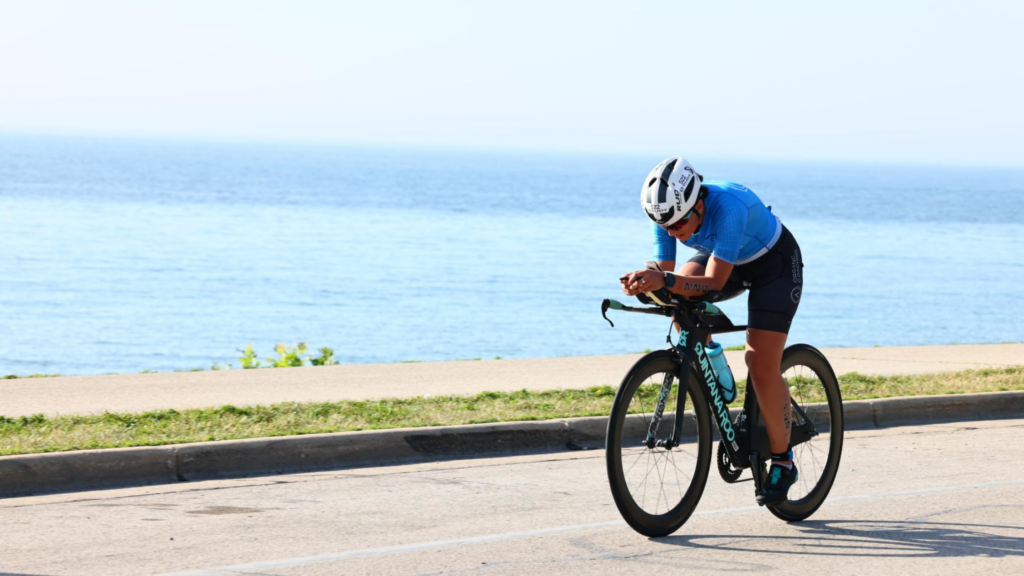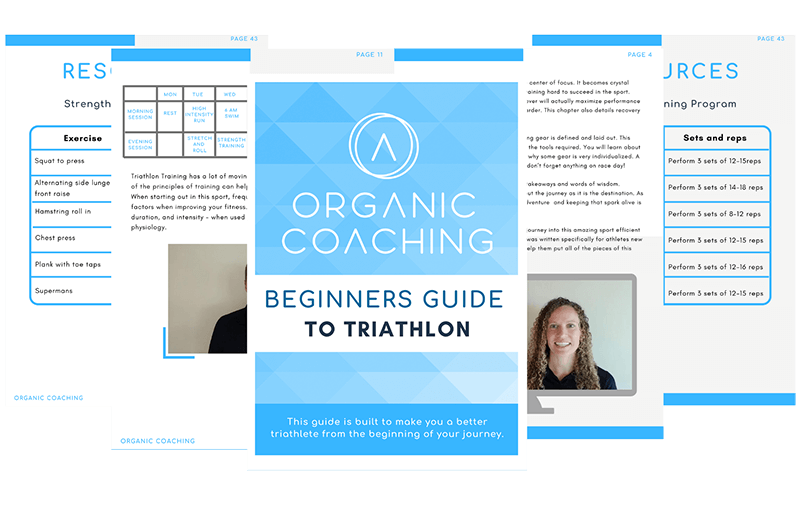

Spring is the perfect time to ramp up training, whether you’re coming off a winter base-building phase or just getting back into structured workouts. However, with increased training volume and intensity comes the risk of injury. To stay healthy and strong, prioritizing injury prevention and recovery is crucial. Here’s what you need to do to make the most of your spring training while keeping injuries at bay.
One of the biggest mistakes athletes make in the spring is jumping into high-intensity workouts too quickly. After a winter of reduced volume or cross-training, your body needs time to adapt. Follow the 10% rule—increase your weekly mileage or training volume by no more than 10% to avoid overuse injuries.
👉 Free Download: Grab our time-saving workouts to maximize your training efficiently! Download Now
Skipping a warm-up or cool-down is a shortcut to injury. A dynamic warm-up preps your muscles increases blood flow, and enhances mobility, reducing the risk of strains. A cool-down aids in recovery by promoting circulation and flexibility.

Strength training is essential for keeping muscles balanced and preventing common injuries like IT band syndrome, shin splints, and stress fractures. Spring training should include 2-3 strength sessions per week, focusing on core stability, mobility, and functional strength.
Training hard is important, but recovery is where the magic happens. Neglecting recovery leads to burnout and injury. Proper recovery ensures that your body adapts and grows stronger.
👉 Book a Consultation: Learn how to optimize your recovery with a customized plan! Book Now
Small aches and pains are normal, but ignoring them can lead to major setbacks. Address discomfort immediately with proper recovery, self-care, and if necessary, professional treatment.
Overuse injuries often result from repetitive stress on the same muscles. Incorporating cross-training reduces impact while maintaining fitness.
It’s tempting to sign up for multiple races, but over-racing can lead to burnout and injury. A well-structured race calendar allows for peak performance and adequate recovery.
Spring training should be about building strength, staying healthy, and preparing for race season. By gradually increasing your workload, incorporating strength training, prioritizing recovery, and listening to your body, you’ll set yourself up for success while minimizing the risk of injury.
👉 Take Action Now:
Train smart, stay injury-free, and make this spring your strongest season yet!

Carly and Tyler Guggemos built Organic Coaching in 2014 with a simple philosophy that works. The idea is to take what you have and grow it to get faster, fitter and stronger. And to do it with the time you have – not the time you wish you had.

For athletes who are ready to take their training to the next level while still thriving and succeeding in their professional and family life.
Copyright © 2024 Organic Coaching LLC